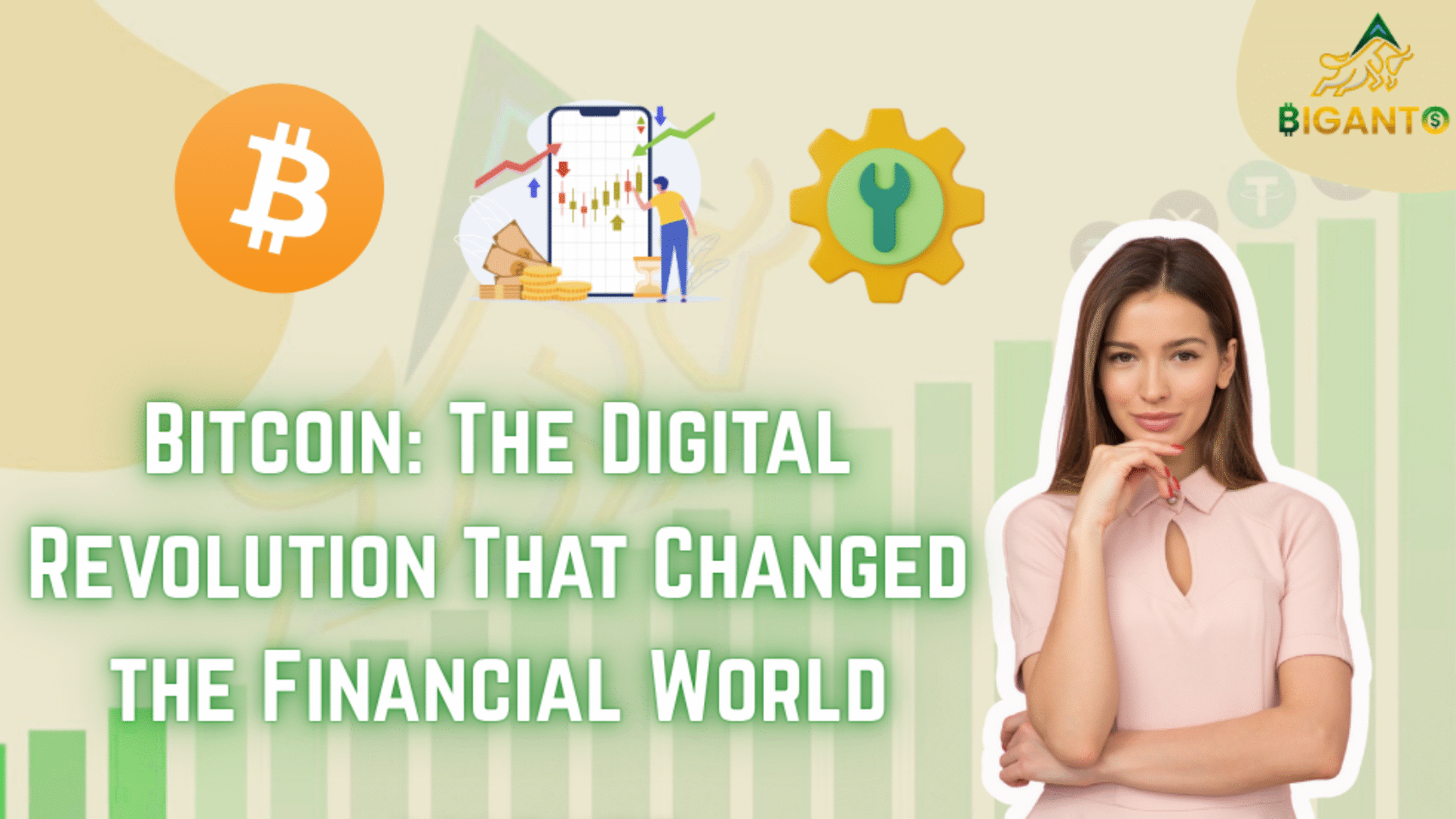Seventeen years ago, a mysterious figure—or possibly a group—using the name Satoshi Nakamoto introduced the world to Bitcoin by publishing a white paper titled “Bitcoin: A Peer-to-Peer Electronic Cash System.”
Nakamoto’s idea was simple but powerful: people should be able to send money to each other directly—without needing a bank or payment company in the middle. This concept, known as peer-to-peer (P2P) payment, became the foundation of Bitcoin.
Introduction: Bitcoin is more than just a digital coin—it’s a revolutionary technology that has changed how we think about money. Since its launch in 2009, Bitcoin has challenged traditional banks and financial systems by offering an alternative that is decentralized, secure, and based on mathematics rather than trust. Today, it is one of the most talked-about financial assets in the world, used for investment, payments, and trading.
The Origins of Bitcoin: Birth of a New Currency
Bitcoin was introduced in 2008 during a time of global financial crisis. The crash of big banks exposed deep problems in the traditional financial system, especially its over-reliance on middlemen like banks and brokers. This is when a mysterious person or group known as Satoshi Nakamoto published a whitepaper titled Bitcoin A Peer-to-Peer Electronic Cash System.
In January 2009, the first block of the Bitcoin blockchain, called the Genesis Block, was mined. This was the beginning of a new financial era. Unlike traditional currencies issued by governments, Bitcoin is not controlled by any central authority. It is open-source, and anyone can participate in the network.
The Problem Bitcoin Aimed to Solve
Before Bitcoin, all digital money systems needed a central authority to keep records and prevent fraud. This meant trusting a third party—like a bank—to handle every transaction. The 2008 financial crisis showed that such trust could be broken.
One of the biggest challenges with digital money was the double-spending problem. For example, if you send a digital file to someone, you still have a copy of it. With money, that’s a big issue—if digital coins could be copied and reused, they would have no value.
Bitcoin’s major innovation was solving this problem using blockchain technology. Instead of a central authority, Bitcoin uses a public, decentralized ledger where every transaction is recorded in blocks and linked securely. These records are permanent and tamper-proof. Once a Bitcoin transaction is approved, it’s added to the blockchain and cannot be reversed.
This system uses cryptographic keys for security and a process called Proof-of-Work (PoW) to validate transactions. It’s like solving a tough math puzzle that takes time and energy. This process is done by Bitcoin “miners,” and it ensures that transactions are real and haven’t been spent before.
How Bitcoin Works: Technology Behind the Magic
The engine behind Bitcoin is the blockchain—a digital ledger that is open to everyone but controlled by no one. Every 10 minutes, a new block of transactions is added to the chain through mining. Miners use computers to solve complex problems that help confirm transactions.
Each Bitcoin user has a private key (like a password) and a public key (like an address). When you send Bitcoin, you use your private key to “sign” the transaction, proving it’s yours.
Also, there can only ever be 21 million bitcoins. This fixed supply means Bitcoin cannot be inflated like traditional money. As more people want it, the value tends to go up—just like gold, which is why Bitcoin is often called digital gold.
Rules and Regulations Around Bitcoin in India
Bitcoin is not banned in India, but it is also not officially recognized as legal currency. Currently, it is treated as a virtual digital asset, similar to property or gold. The government has introduced some rules for taxation, like a 30% tax on crypto profits and a 1% TDS (tax deducted at source) on all crypto transactions above a certain amount. However, there is did not complete the that regulates how people should use or trade Bitcoin in India.
Recently, the Supreme Court of India asked the central government why Bitcoin trading cannot be regulated properly. The Court compared unregulated crypto activity to a “Wow, which thing quickly bring clear and strict regulations for crypto trading in India.
This development shows that the highest court in the country understands the growing risks and popularity of cryptocurrencies, and now wants the government to step in and take control through proper laws. The absence of regulation leaves investors confused and exposed to scams, price manipulation, and legal uncertainties. With the Supreme Court’s push, we may soon see stronger rules.
Until then, Indian users must be careful. They should only trade on registered and trusted crypto exchanges, none.
Future of Bitcoin
- Growing Global Acceptance
More and more people around the world are starting to accept Bitcoin—not just as an investment, but also as a method of payment. Large companies, financial institutions, and even governments are exploring how Bitcoin and blockchain technology can improve financial systems. In countries like El Salvador, Bitcoin is already being used as legal currency. In the future, more countries may adopt Bitcoin, especially where traditional banking systems are weak or unstable.
Today, you don’t need to be a computer expert to invest in Bitcoin. Thanks to the launch of Bitcoin futures, ETFs (Exchange-Traded Funds), and other financial products, even people who don’t want to directly buy or hold Bitcoin can still invest in it. This helps Bitcoin reach a wider audience and brings it closer to traditional finance. Also, the growth of safe crypto exchanges, strong custody services, and better rules has made it easier for big companies and institutional investors to join the Bitcoin market. These large players usually stay invested for longer and bring more money into the system, which increases trust and stability.
- Regulation Will Shape the Future
One of the biggest factors that will decide Bitcoin’s future is government regulation. Countries are still trying to understand how to deal with Bitcoin—some are open to it, while others are cautious or even against it. In India, the Supreme Court recently asked the government to bring clear crypto laws, showing that regulation is becoming a top priority. Good regulation can help reduce scams, protect investors, and allow safe use of Bitcoin. But over-regulation could slow down innovation.
- From Digital Gold to a Real Currency?
Today, many people call Bitcoin “digital gold” because it is mostly used as a store of value rather than everyday money. But in the future, it could become more widely accepted for daily transactions if technology improves (like faster payment networks and cheaper fees) and more merchants start accepting it. Some experts believe Bitcoin may one day be used side-by-side with traditional money in a digital economy.

